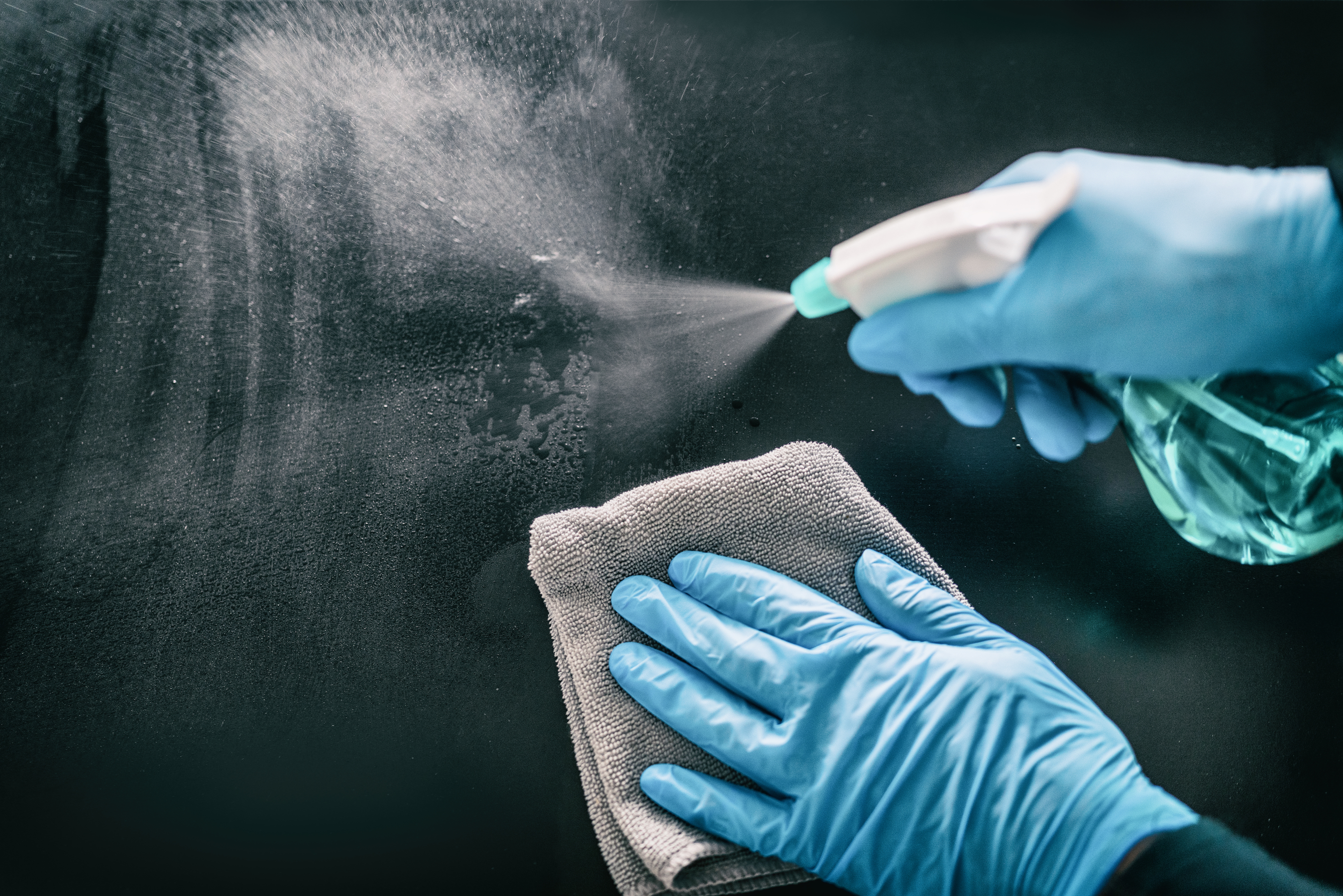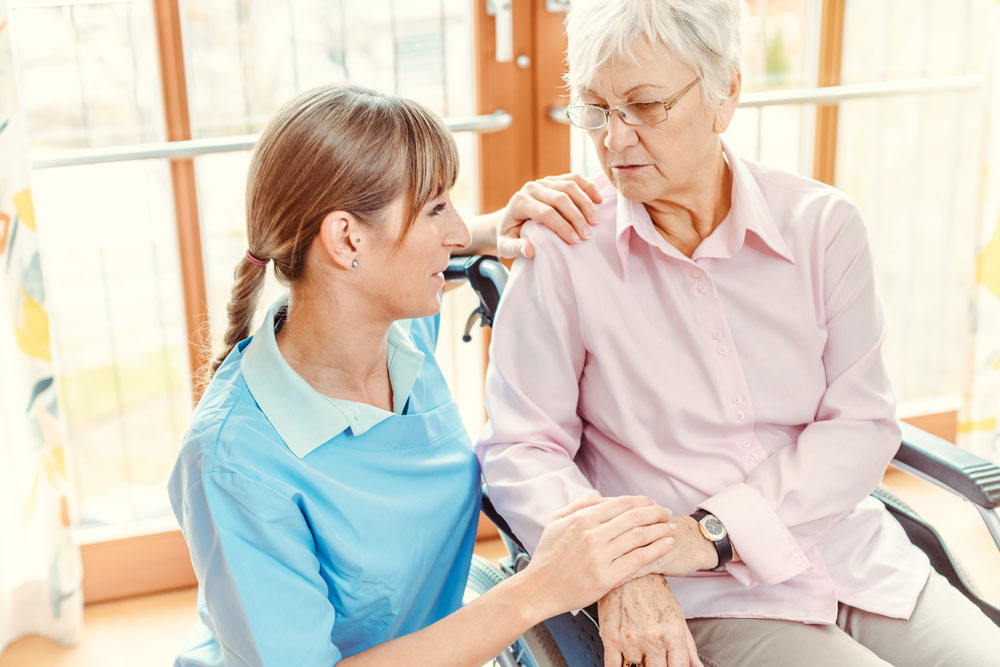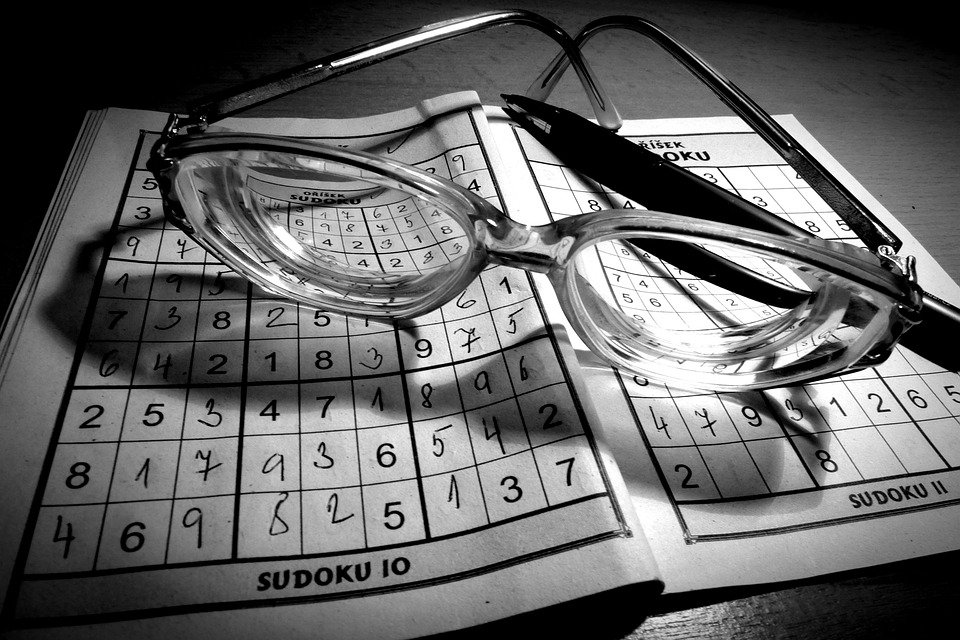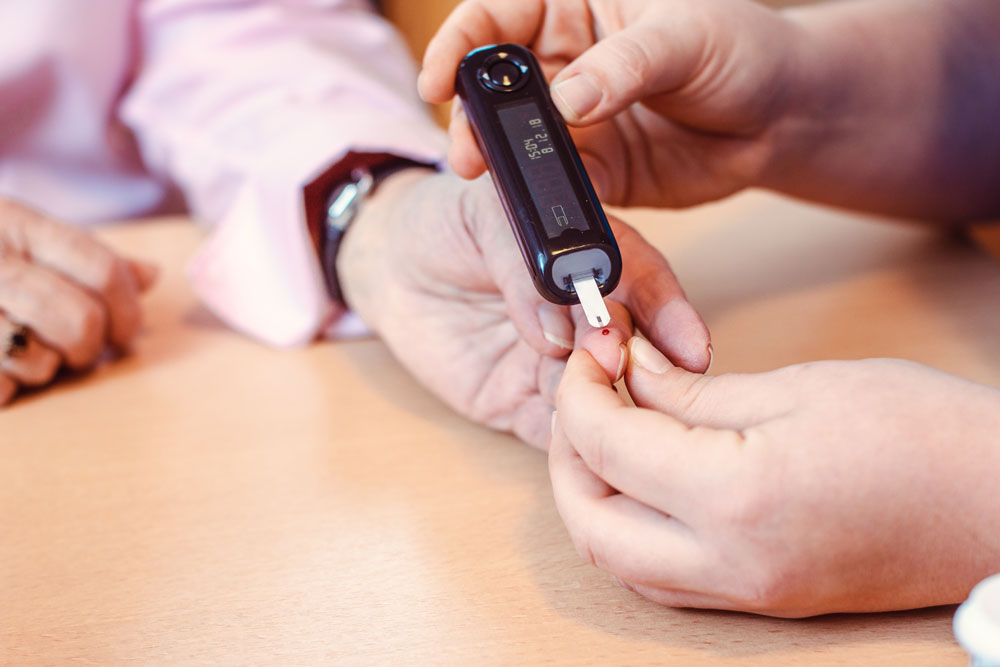All residents have the right to participate in activities that suit them.
This article is written from a Swedish perspective, but may perhaps serve as inspiration for those interested from other countries.
Activities are important for well-being. All nursing homes offer activities for the residents today. It is difficult to find activities that suit everyone. It is important to keep track of those who do not participate in activities and consider what can be offered to them. Following up and considering how to reach those who do not spontaneously participate in the offerings is part of the quality work at a nursing home. Those who participate in social activities have an easier time maintaining their health and physical functions.
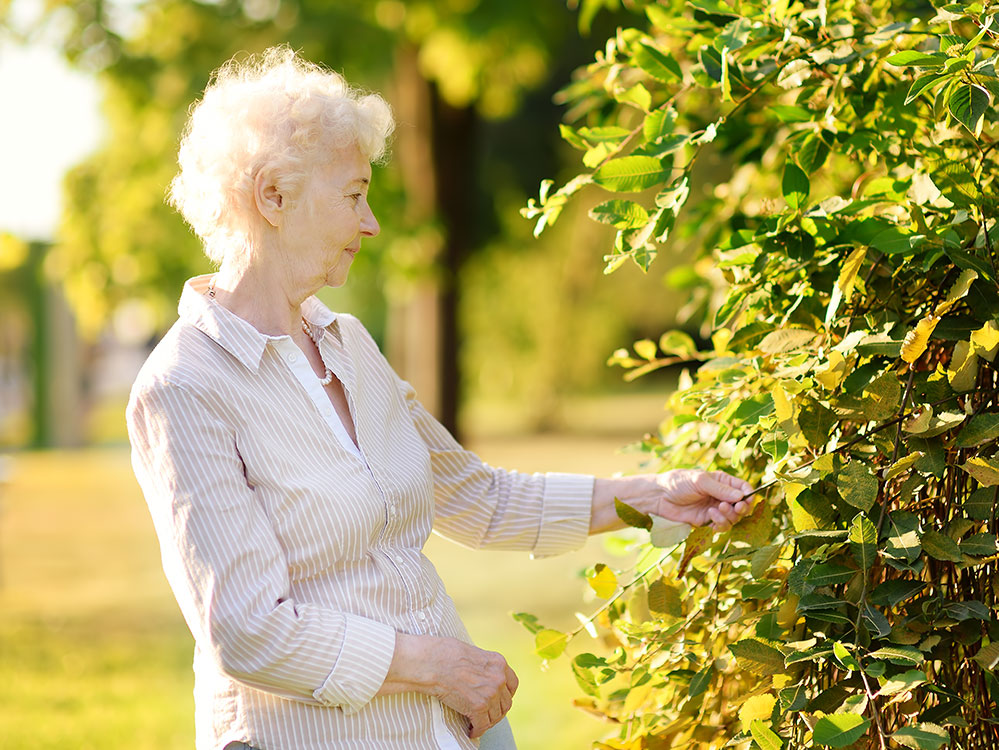 Foto: Mostphotos
Foto: MostphotosSpontaneous and Planned Activities
It is of great importance that everyone is offered to participate in activities and outdoor activities. There are older people who decline activities and would rather philosophize about life. At the best nursing homes, spontaneous activities are a natural part of the operation. There is singing, baking, talking about motorcycles, pub nights and beauty care are organized as a natural part of the business. Some units have their own SPA. In order for our elderly to feel good, it is necessary for someone in the staff to have a special responsibility to plan thoughtful activities. This should be a person with experience and creativity, who is culturally interested and preferably with historical knowledge. There are many opportunities to arrange different activities. Everything should be based on the elderly who live in the unit and their interests. It is easy to get stuck in routines and group activities such as group gymnastics, bingo or book reading. It is also important that everyone gets the opportunity to participate in individual activities. For people with advanced dementia, it is not always possible or even desirable to participate in a group. For these people, individually adapted activities are often the best.
Creative Social Activities
An important part of care is to seize the moment. It can be about making the resident involved in wiping the kitchen table, dusting or other practical chores. Singing together for a while on some old hit song or spontaneously reading aloud from the newspaper for those who are present. Sitting gymnastics is another activity that can be done without extensive preparations. Spontaneous activities create joy while they do not become so demanding. They also create community for the residents.
The Contact Person
A contact person should have time set aside for the individual and if the elderly person themselves can come up with wishes about what they want to do, the contact person should, if possible, try to meet the individual's wishes. Of course, within reasonable limits.
How to Create a Social Activity Plan for Nursing Homes
Start by going through which activities already exist at the nursing home. It must not be the case that the activity plan stifles what is already working. Participation is always good. In a nursing home, there are always many employees who have talents, hobbies or other things they can share. If employees get to do what they think is fun together with the residents, it becomes a double win with increased well-being for everyone.
It is easy to happen when the activity appoints someone to the activity ombudsman that everyone points to that person and says it is his/her responsibility. Activities are everyone's responsibility but it is also important that we build a culture where we support and stimulate each other to create life and movement in the unit.
Some businesses produce an activity catalog with suggestions for activities. It can be a source of inspiration. It is important never to forget that the activities are for the residents to feel good, not just to be able to sign that it is completed. Put some extra thought into those who never participate. Understanding why they do not participate can give many insights.
Reading and Reading Aloud
To make book reading a pleasant activity, you can borrow well-selected books from the library. These can be books with pictures from your own home area or with connections to different locations that remind the elderly of childhood or other nice memories. These can be used both individually and in a group. Then it is not just reading books but also results in conversations about what it was like before. Handicrafts are also appreciated, even people with dementia can often knit, crochet and carpentry. Painting groups can be organized for those who think it is fun. Being part of planning and preparations for holidays also brings memories to life. Many want to attend church services. It may sometimes be possible to arrange for the elderly to visit the church they want. Many church activists can step in and help with inquiries. Some museums can also accept visits from elderly care. Weekly schedules with information to the resident about which activities are ongoing should be handed out to the departments.
Singing and Music
Today, many of our most popular songs and melodies are on DVD. With a generous screen that everyone can read from, singing along is a pleasant activity that can amuse both residents and staff. People with dementia who have lost language can often still sing. Singing moments are appreciated by many and many usually try to sing along. It should be songs that the elderly are well acquainted with and like.
Nurse song is a method used in dementia to calm and distract anxiety. Then the staff sing songs that they know the elderly person likes especially much. It can be in situations that otherwise create anxiety and then the song is used as a method in a distracting purpose.
Movie, Dance, Care Dog, etc.
Film screenings can consist of films from different time periods such as journal films that remind of what has been. It can be movies with famous actors and artists. Collaboration with the library to get useful material is recommended.
Dance is another activity that promotes health. Some have better mobility than others. It can be fun to be involved even without participating actively. Dance music means a lot to those who liked to dance and the music and dance often awaken many memories.
Care dog has become an increasingly common feature in elderly care. Many elderly people come alive when the dog comes to visit, feelings, thoughts and memories come to life. Regular meetings with the care dog can lead to increased well-being and reduced anxiety. Care dogs can also be used in the rehabilitation of the elderly.
Outdoor Stay
Daylight is vital for health and well-being. Everyone needs to get out at least once a day. Daylight affects our hormones and builds up our skeleton. Osteoporosis is a common and serious problem among the elderly that can be counteracted by the vitamin D that the body forms when we are exposed to daylight. Even Melatonin which affects our sleep is formed with the help of daylight.
Walks are an excellent form of exercise that strengthens muscles, skeleton and balance for those who can walk themselves. Offering and participation in activities and outdoor activities should be documented.
It should be possible to follow up which activities have been offered to the resident. It should be offered. If the resident says no, you have still documented that you have offered and tried. Many businesses have a special activity plan where offers and/or participation in activities and outdoor stays are documented. Without signing lists, it is also easy to miss evaluating and documenting the individual's experience of the activity. For those who have difficulty coming up with activities, many businesses have activity catalogs with suggestions for what can be done.
Reflection Questions - Social Activities
Care Staff:
- What do you do to create interest-arousing activities for those who live with you?
- How is it at your nursing home. Are those who live there offered to participate in activities?
- Can everyone find an activity that interests or amuses them?
- How is the culture at your residence - are activities something that everyone contributes to or is it one person who stands for planning and implementation of all activities?
- Do you have room for spontaneous activities such as singing or newspaper reading?
Manager, Nurse, Occupational Therapist and Physiotherapist:
- What do you do to stimulate employees to work with activities?
- How do you work with planning and supporting the individual's need for activity as well as the common business activities?
- Is there own time with the contact person for the resident and is the contact person given guidance so that the time can be used in the best way?
- Are all encouraged to contribute to activities in the unit or is it delegated to one or a few people?
Residents and Relatives:
- Is your relative offered activities that suit?
- Do all residents get personal time?
- How often do the residents get out?
- Is it documented?
Erland Olsson
Specialist Nurse
Sofrosyne
Better Care Every Day

Aktuellt i media
- 2025-11-27 04:00 13 Hygien
-
2025-11-24 04:00
03 Ledarskap
Leadership and Development - Future Elderly Homes, Development Work for Better Care
info Foto: Mostphotos
Foto: Mostphotos - 2025-11-20 04:00 15 Handlingsberedskap
- 2025-11-17 04:00 16 Sjukdom och död
- 2025-11-13 04:00 10 Aktivitet o funktionsbevarande arbetssätt
- 2025-11-10 04:00 16 Sjukdom och död

